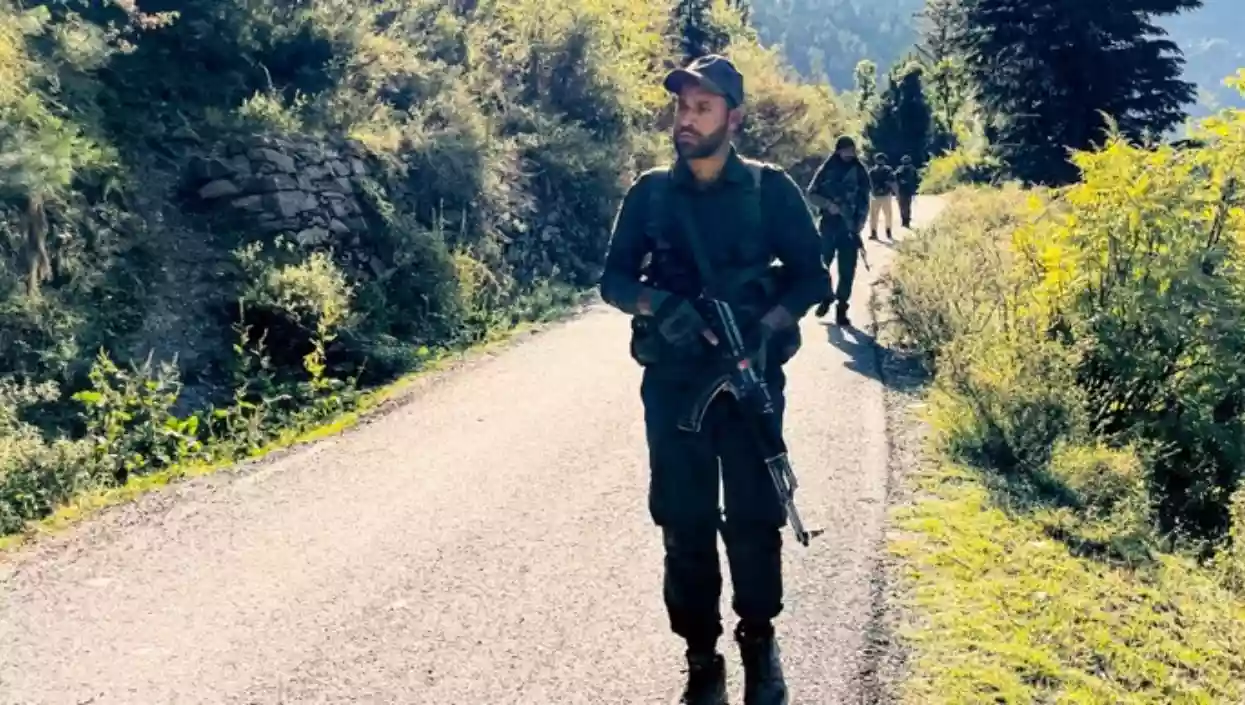.gif)
.gif)

In a strategic response to the deadly Pahalgam terror attack, the Jammu and Kashmir Police have launched a first-of-its-kind jungle warfare training program for its Special Operations Group (SOG). The move aims to tackle the increasing threat of well-trained terrorists exploiting the region’s dense forests and mountainous terrain.
The April 22 attack in Baisaran Valley, which claimed 26 lives, exposed critical gaps in terrain preparedness and local intelligence. In its aftermath, Director General of Police Nalin Prabhat — known for his past role leading the anti-Naxal Greyhounds — ordered immediate upskilling of SOG personnel. The training focuses on survival, high-altitude tracking, and guerrilla tactics designed to outmaneuver infiltrators using the jungle as cover.
The new training modules are spread across multiple locations, including camps in Doda and Talwara, as well as stints with elite Greyhounds units in Telangana. Each batch of 30–50 SOG personnel undergoes intensive sessions to enhance stealth, terrain navigation, and long-duration survival, while also being trained in setting up pickets and ambush points deep within forests.
Post-Pahalgam, a swift SOG operation in Shopian’s Keller Forest neutralised three terrorists — a result of better terrain adaptation. The focus now extends beyond combat to the strengthening of human intelligence (HUMINT), especially in remote regions where traditional surveillance has limitations. Building local informant networks has become a top priority.
With threats of infiltration by Pakistani-trained ex-commando operatives increasing, nearly 4,000 SOG jawans are now in joint missions with the Army. Their jungle warfare training is expected to become a core pillar in Jammu and Kashmir’s evolving counter-terror playbook, especially as security forces prepare for the upcoming Amarnath Yatra.